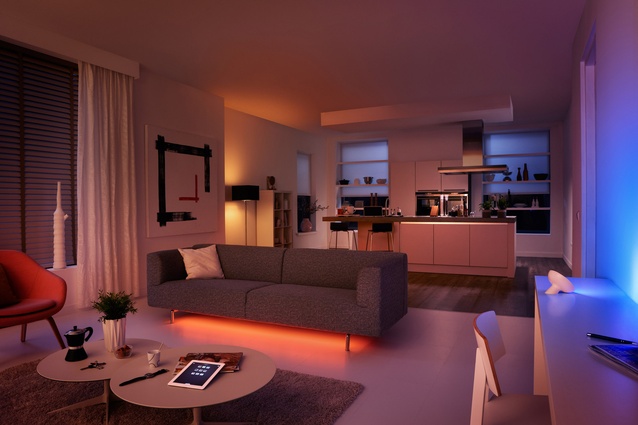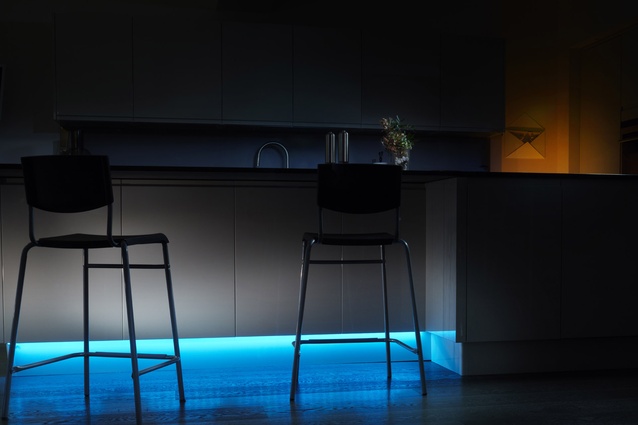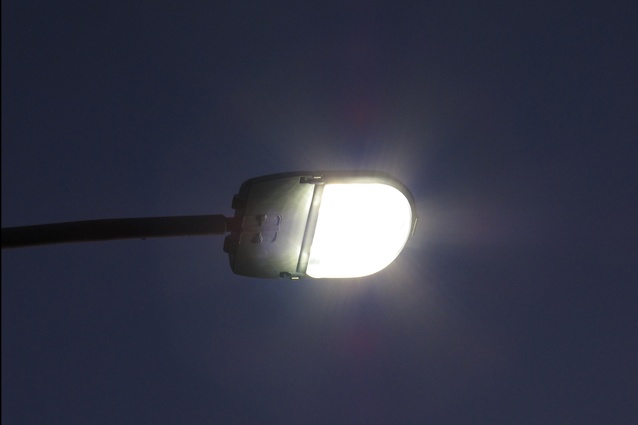Shine on
A reduction in crime and prevention of traffic accidents are potential impacts on Auckland City when it upgrades its street lights to energy efficient technology this year.
The first phase of a two-phase upgrade programme, which commences in July and is scheduled to run for five years, will see 44,000 street lights retrofitted with light emitting diode (LED) luminaires, replacing the current stock of high pressure sodium lamps.
Phase one will focus mainly on residential roads, which comprise approximately 60 per cent of the region’s street lighting network, while the balance of the conversion of Auckland Transport’s approximate 100,000 street lights is expected to follow in four to five years.
But while the cost-saving quality of LED technology is well documented (Auckland Transport estimates net savings of $32 million over the 20-year design life of the LED luminaires) it is the added benefits of reducing road accidents and improving motorist and pedestrian safety that will have a further positive impact, Auckland Transport media relations manager Mark Hannan said.
“White light provides better colour recognition and is regarded as a safer light because it is easier for motorists to see people and other vehicles,” he said. “LED light provides better control of the light and limits spill light and night glow.”
A telemanagement system (TMS) will be used to manage and monitor the network and will bring Auckland into line with countries overseas where similar systems are being used to manage electricity usage and prevent crime.
United Kingdom-based company Telensa has developed an innovative system allowing selected street lights to be switched off or dimmed for set hours in the middle of the night, or dimmed according to traffic volumes or weather conditions.
Enlightenz marketing co-ordinator Ali McGraw said the flexibility of LED technology combined with the power of lighting controls meant further savings could be made as well as improvements to pedestrian safety and traffic flow in Auckland.
“These same control systems aren’t limited to street lighting; they can also be used to dim or turn off illuminated signs, bollards or carpark lighting during low-traffic hours thereby lowering energy use. Lighting controls can also be used to ramp up street lighting around event venues so pedestrians and cars can be moved safely and more quickly away, or to provide more light for emergency services when incidents occur,” McGraw said.
Crime prevention is another area where LED technology is having an impact. Philips general manager Gordon Wiffen said a connected system made this possible.
“When LED luminaires are controllable and connected, they can both respond to data commands and share information about their operations and environment. This means that, for example, councils
can dim particular lights outside of peak hours or have brighter lights in high criminal risk areas.”
Wiffen said employing a remotely controlled system meant there was no longer a reliance on consumers to report faults and the resulting efficiencies in energy usage meant huge cost savings.
But the technology of TMS systems is not limited to street light networks. Recently, Papamoa’s Bayfair shopping centre became the first mall in New Zealand to make a wholesale upgrade to energy-efficient LED lighting with a centrally controlled system. The owners have reported energy usage savings of 64 per cent as a result.
The upgrade, which was undertaken by Philips, involved the replacement of more than 1,450 individual light fittings. All redundant fittings were broken down and recycled – a total of 2,476 kilograms of material.
Wiffen said the large-scale retrofit presented some specific lighting challenges.
“To make the switch viable, any new light fittings had to generate at least as much light output as the current fittings, and there had to be minimal disruption to the centre shops and customers during installation.”
To achieve peak performance in terms of quality of light and efficiency, the lighting is integrated into the centre’s building management system, meaning all the lighting can be controlled and monitored from one hub, enabling the system to automatically adjust itself to make maximum use of natural light.
Gerard Lighting Group design and technical manager Mike Quin said innovations occuring in the LED lighting sector surpass those happening in computers or mobile phones.
For example, innovations in thermal technology mean LED recessed light fittings no longer need to have a clearance space between them and the building’s insulation as they have done in the past. As well, advances in the colour temperature of LED luminaires, which was once fixed, can now be altered without changing the lamp.
“By utilising the colour mixing technology, with one fitting or lamp installed you can switch light colour between ‘warm white’ and ‘cool white’” he said.
“LED street light technology not only reduces the energy consumption and the carbon footprint but also provides a long and predictable lifetime, which significantly reduces servicing requirements and provides unprecedented cost savings.”
Energy Efficiency and Conservation Authority research shows switching to energy efficient lighting is one of the best returns on investment available for reducing overall energy use, and with commercial buildings in New Zealand accounting for 21 per cent of the total national electricity use, a move towards LED lighting technology may be on the cards for more businesses.













